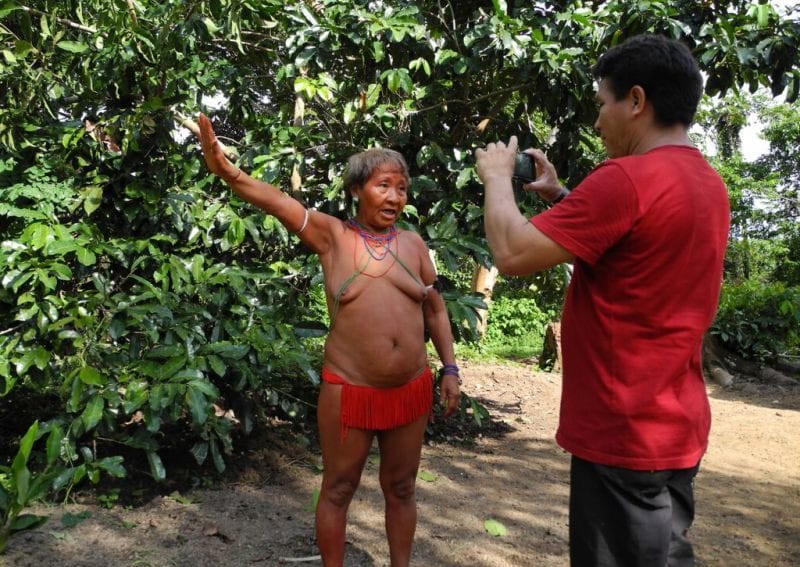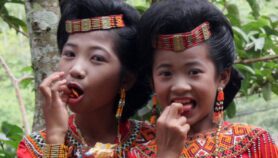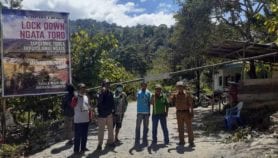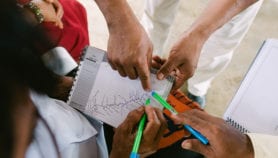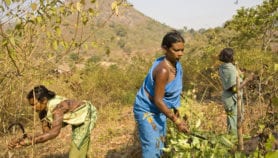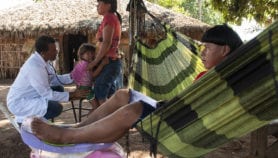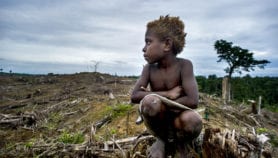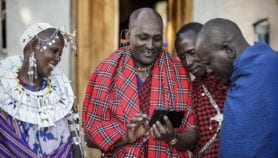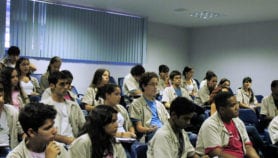By: Claudia Mazzeo
Send to a friend
The details you provide on this page will not be used to send unsolicited email, and will not be sold to a 3rd party. See privacy policy.
A project that gives smartphones to indigenous people in the Amazon region to aid their fight for survival has reached out to two tribal groups in Brazil.
The Tribal Voice project, run by non-governmental organisation Survival International, has handed waterproof phones and solar panels to the Guarani and Yanomami peoples, and provided them with satellite uplinks and training on charging and using the devices. It aims to give the tribes more say in political and economic developments affecting their land.
“We believe that the powerful videos we are seeing will galvanise more action by more people and create pressure governments will be unable to ignore.”
Sarah Shenker, Tribal Voice project
Recipients are encouraged to use the phones to record videos voicing their views and experience, and send messages to authorities and lobby groups about issues affecting them.
Project leader Sarah Shenker says several video clips have already been uploaded to its site. “We believe that the powerful videos we are seeing will galvanise more action by more people and create pressure governments will be unable to ignore,” she says.
But she adds that it is difficult to provide training in remote locations, especially for the Yanomami, who are one of the largest and most isolated tribes in South America.
Tribal Voice started on 10 August. The first videos emerging from the project highlight the plight of the Guarani, who live in southwestern Brazil and have lost most of their land to cattle ranchers.
In one video, Márcio, a Guarani leader, urges the government to make use of the tribe’s new access to communications technology and help them map their land. “That’s the only way to stop the suffering of the indigenous people of Mato Grosso do Sul,” he says.
However, Tribal Voice staff say the main target of the videos is not the Brazilian government but society in general, as they consider public opinion to be the most powerful force in the fight for tribal people’s rights.
“Undoubtedly, this could be a good tool to channel accusations and complaints,” says Marilyn Cebolla Badie, an ethnologist at the National University of Misiones in Argentina, who studies the Guarani people.
Tribal Voice follows an Argentinian programme, Conectar Igualdad (Connect Equality), which has been giving laptops to secondary school students, including those in poor and remote communities, since 2010.
“They conserve their ethnic identity,” she says, describing teenagers using mobile phones. “I used to see them texting in Guarani.”


